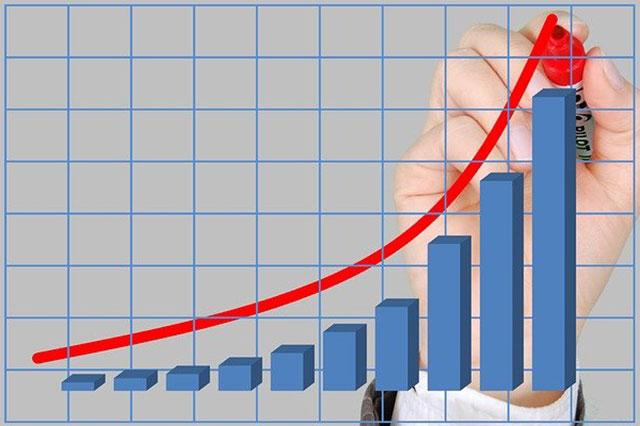Cape Town — South Africa’s inflation rate for July 2024 dipped below 5% for the first time in three years as it slowed to just 4.6%, the same figure it was in July 2021.
According to data from StatsSA, after a steady ten-month period in the 5-6% range, the lower rates were recorded for several groups including food and non-alcoholic beverages (NAB), transport and housing and utilities.
The annual rate for food and NAB stood at 4.5% in July and has been on a downward trend since a high of 9% in November 2023. This is the lowest recording since September 2020 (3.8%).
Despite food’s overall inflation, bread and cereal recorded an increase of 5.6, while rice (21.3%, pizza and pies (11.6%) and samp (6.9%) recorded the highest increases, however bread flour, cake flour and pasta are cheaper than a year ago. Meat, which takes up a third of household food spending, recorded a 0.4% decline in July, for an overall 1% increase.
Meat is the most heavily weighed food group in the inflation basket, taking up just over a third of household spending on food. The price index for meat recorded a monthly decline of 0,4% and an annual rise of 1,0%.
Hot beverages continued to be hit hard by inflation as it increased by 16.% from July, with instant coffee (21.8%), and drinking chocolate (17.7%). black tea (15.7%), ground and instant coffee (14.6%) and rooibos tea (11.1%) recorded significant increases, with cappuccino sachets recording the lowest increase at 7.6%.
Annual consumer price #inflation declined to a 3-year low of 4,6% in July from 5,1% in June.
Listen here for more: https://t.co/AfXUESg84w #StatsSA #CPI pic.twitter.com/ZuA2cNBm7x
— Stats SA (@StatsSA) August 21, 2024
With South Africans recording consecutive fuel price decreases for July and August, the rate dropped by 3.6% in July, following a 4.6% decrease in June.
Most transport groups witnessed lower annual rates, except public transport, as annual transport dropped by 4.2% in July, down from 5.5% in June.
To determine electricity rates, StatsSA surveyed electricity water and property rates across 39 municipalities for 117 prices. Most municipalities implemented tariff increases in July, with housing and utilities increasing by 2.6% and an annual increase of 5.3%, contributing a 1.3% overall increase for the year.
Electricity tariffs increased by 12.1%, water increased by 7.5% and property rates increased by 10.7%. Tariffs have shown, over 15 years, showed electricity averaged by 10.5% per year, with water averaging 10.2% per year and property’s annual increase of 6.8%.
In the last 10 years, water tariffs have risen the most, increasing by an average of 9,9% per year. Electricity tariffs increased by an average of 9,5% per year, and property rates by an average of 6,6%.
A five-year analysis of the data, from 2019 to 2024, shows electricity tariffs outpacing water and property rates, growing by an average of 11,2% per year.
An exploration of tariffs over time shows #electricity prices rising the fastest over the last 15 years. Electricity tariffs recorded an average growth rate of 10,5% per year from 2009 to 2024.
Read more here: https://t.co/4BImzIwMUz#StatsSA #inflation #CPI pic.twitter.com/U6p1qYztXL
— Stats SA (@StatsSA) August 21, 2024
Follow African Insider on Facebook, Twitter and Instagram
Picture: Pixabay
For more African news, visit Africaninsider.com
Compiled by Matthew Petersen


